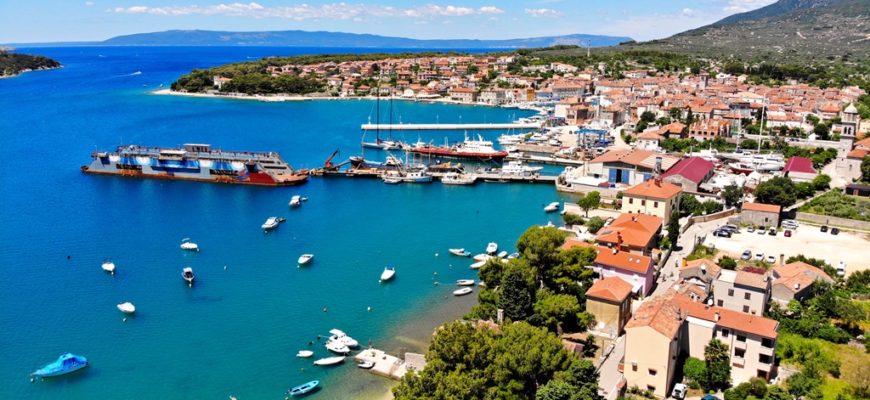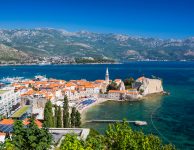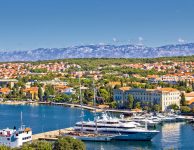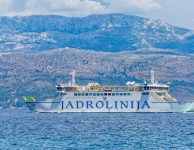Development of trails on Cres, Lošinj and Pag islands
The marking of the historic Via Apsyrtides trails has begun on Cres island and Lošinj island. The transversal will stretch from the northernmost point of the island of Cres, Cape Jablanac, all the way to Cape Radovan, the southernmost point of the island of Ilovik. A 75 km long network of historic educational trails, developed and arranged by the City of Cres as part of the European VALUE project, is connected to this transversal.
In the VALUE project, several partners from Croatia and Italy are participating, and its total value is around 3.2 million euros, of which the European Union co-finances 85%, i.e. 2.7 million. The city of Cres will receive 345,000 euros in grants from Europe for a project to restore historic roads, worth a total of just over 400,000 euros.
Redwoods and crocodiles used to live in reserve on Pag island
The project of arranging the educational trail in the Special Reserve of Forest Vegetation “Dubrava-Hanzine” on Pag island is worth 550,125 HRK. Of this amount, 446,420 HRK was provided through the European Agricultural Fund for Rural Development, and 78,780 HRK from support from the Croatian budget. The Dubrava-Hanzina Forest Vegetation Reserve is managed by the Natura-Jadera Public Institution.
Only 2 km away from the town of Pag on one side bordered by the sea of the Bay of Pag, and on the other by the rocky highest island peak St. Vid (348 m) whose eastern slopes descend to the sea through a series of picturesque and often bizarre “hips” and “beams”. The Bay of Pag, our largest island bay, leaves the impression of a vast elongated lake in its landscape. This lake is not a myth, it existed in the ancient Miocene.
In the area around the lake grew forests of giant redwoods and cypress-like trees, and the environment resembled the present-day Pantanal area of South America. In addition to various fish, crocodiles also lived in this lake and in the surrounding swamps. On the southwest coast, within this area, there is a forest of medunac oak and white hornbeam, protected as a special reserve of forest vegetation.
The main purpose of the educational trail will be to educate and inform the public about the forest, sustainable forest management and the protection of forests and nature. The project will prevent further penetration of wild roads and paths and appropriately mark already existing paths.






